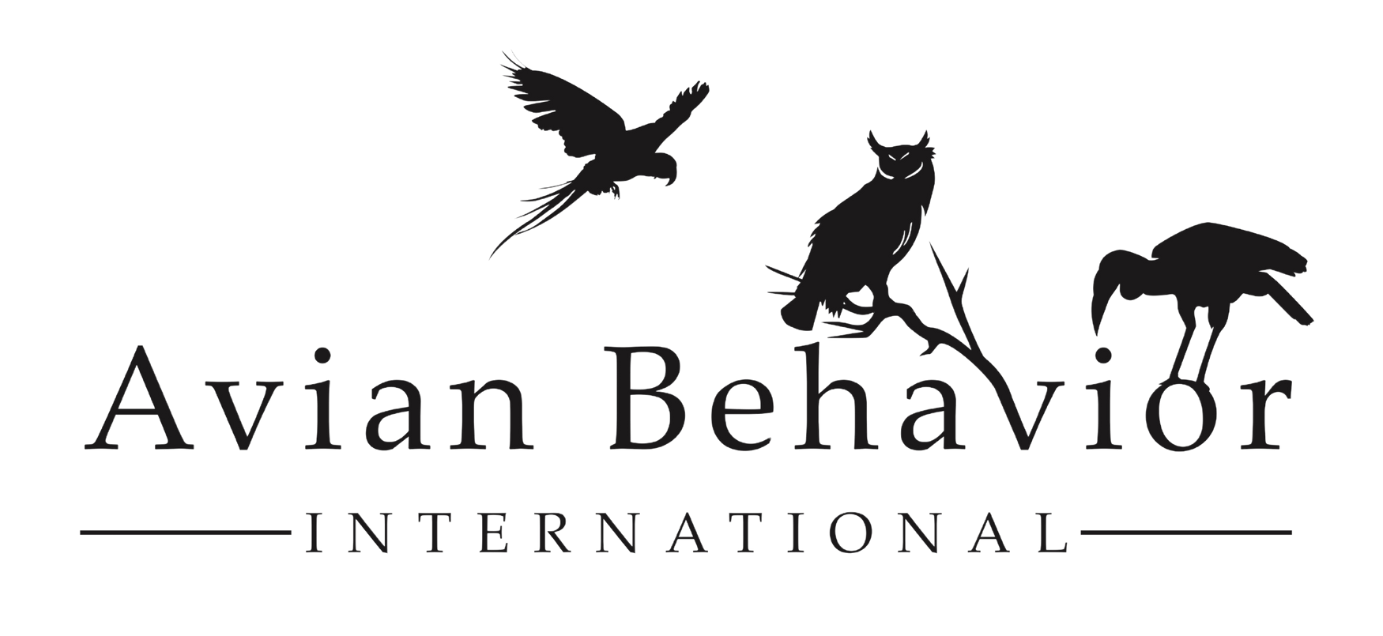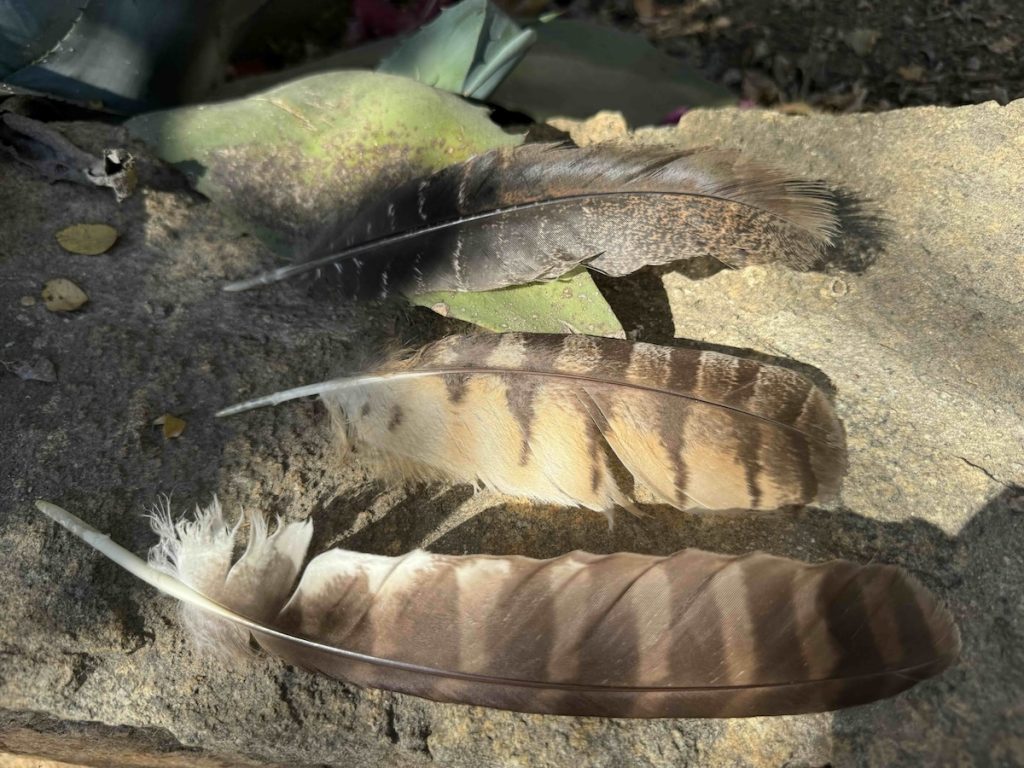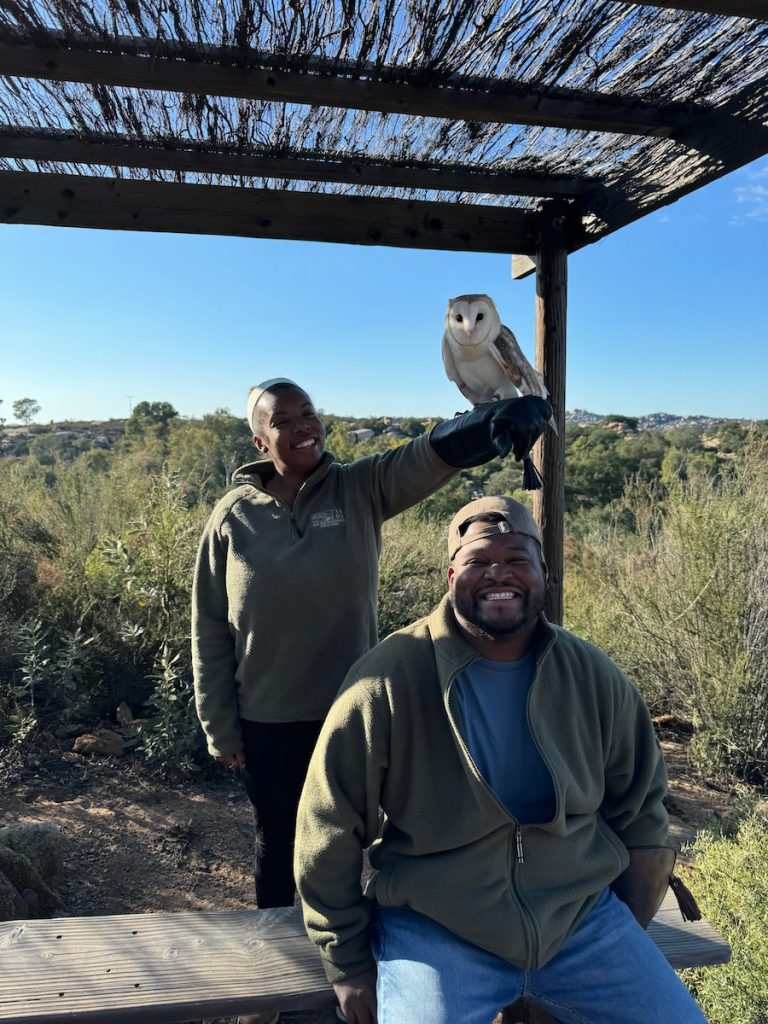
03 Jul What Is In A Feather?
Have you ever found a large molted feather, wondered who it came from, picked it up and took it home? Did you know that all feathers from native birds are federally protected, dating back to the time when birds like egrets, herons and songbirds were almost hunted to extinction for the plumes prized for hats and fishing lures?
As early as 1773 there were museums such as the Museum of Charleston that began to study natural history. Campaigns were forged to prevent the virtual slaughter of birds for their feathers by plume hunters who benefited greatly by the interest in the women’s apparel markets. Birds such as the snowy and great egret were targeted for their fancy feathers to adorn women’s hats. The craze really took off after the Civil War, and in the late 1800’s, it was documented that the feathers of the wading birds as well as warblers, bluebirds, owls and many others were found on women’s hats and started to lead to significant decline in many species. By 1910, birds that many of us see practically as pasture staples today alongside our livestock numbered to only few thousand snowy and great egrets.
Bird protection groups such as the American Ornithologists Union, the National Committee of Audubon Societies, and other Audubon groups were becoming stronger and developed model bird laws.
In 1901, Florida passed such legislation that provided protection for non-game birds, and the Florida Audubon Society even hired wardens to protect them. By 1903, Theodore Roosevelt had designated the first ever National Wildlife Refuge, the Pelican Island National Refuge, which protected the nesting habitat of many species. This would become a model for the National Wildlife Refuge System we have today, which protects sensitive habitat for thousands of our native species.
This collaborative effort brought forth a new generation of conservation efforts and successes, but this era was not without its setbacks and need for fast evolving practices. In the early 1900’s, wardens were hired to watch over the birds in protected areas could be killed by plume hunters. The Migratory Bird Treaty Act was finally successfully passed and 1918 and upheld in Supreme Court decision Missouri v Holland.
Birds of prey, such as hawks, eagles, and owls, still had a negative image and were often viewed as vermin. They were believed to be harmful to livestock, game species, and even human interests. Farmers and ranchers perceived raptors as threats to chickens, small livestock, and game birds, leading to widespread persecution. Even today, golden eagles, prairie falcons, and even hawks are persecuted in some areas. In a scenario that would be laughable if it weren’t true, in January 2024 Kentucky state senator Gary Boswell introduced a bill that would allow pet owners, songbird enthusiasts, and chicken owners to be able to kill Cooper’s and red tailed hawks without facing penalties.
In the early 1900’s, there was a general lack of understanding about the important ecological role birds of prey play in controlling rodent populations and maintaining the balance of ecosystems.The Audubon societies initially focused on protecting species that were most affected by the feather trade, such as egrets, herons, and other birds with highly valued plumage used in the fashion industry.
Efforts were directed towards more charismatic and visually appealing birds that were easier to rally public support for. With limited resources and many bird species in peril, the Audubon societies prioritized species that were facing immediate and severe threats from the feather industry. By focusing on species whose plight was more visible and directly linked to human activities, the societies could demonstrate more tangible and immediate conservation successes.
Today, we have much more science behind how important a whole ecosystem approach to bird protections. Legislation and research goals have expanded to reflect this understanding, where even the representation of introduced species such as starlings can be studied and used to understand broader concepts. Though this bias against predatory species can still be seen in the way we favor certain birds at our bird feeders over others.
While we admire and even mythologize our owls and praise the role they play in balancing the rodent population, it can be harder to appreciate birds like Cooper’s hawks that predate on colorful songbirds at our bird feeders. Each bird still has an important role and incredible adaptations. We allow for this sensory experience at our classes at Avian Behavior International and our offsite programs, where audience can experience bird flight up close and see how silent owl flight works, witness the dynamic falcon flight, and watch a hawk make fast decisions in real time.
Lure tying for fly fishing lures using feathers has also become more sustainable. The push to use synthetic feathers has decreased the pressure on important bird species. However, there is still a black market that can have insidious impacts not just on birds but important science and history that has done irreparable harms. The book The Feather Thief is a great one for true crime-loving bird nerds.

Stealing specimens from museums, some of which have been collected and have unmatched data from centuries ago, has made the headlines. Feathers as well as the data about where the bird was found hold critical information about the environment and health of the bird and can be used and studied. When these go missing, we lose information that could help us save the birds alive today. You can learn more in This American Life’s Episode, The Feather Heist.
Feathers are incredibly cool. They make birds what they are, the link birds to dinosaurs, and they are fragile, strong, and multi-faceted. If you have found a feather and you aren’t sure what it is from, you can look it up at US Fish and Wildlife Feather Atlas
A handy guide is the Bird Feathers

We know the US can have some kooky laws and sometimes it seems overbearing, but the laws that protect birds come from a time when the birds that we take for granted in our pastures, our wetlands, our sloughs, and our backyards had no one to watch over them and much more habitat to hide in. They need all the help they can get!



